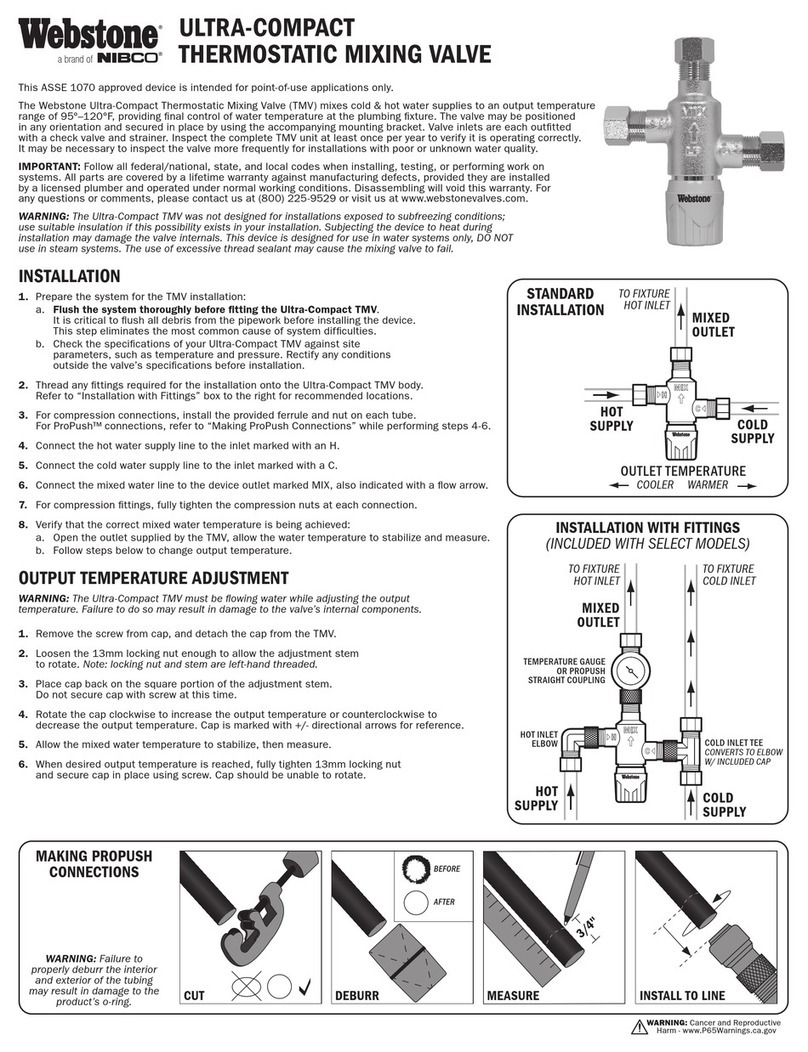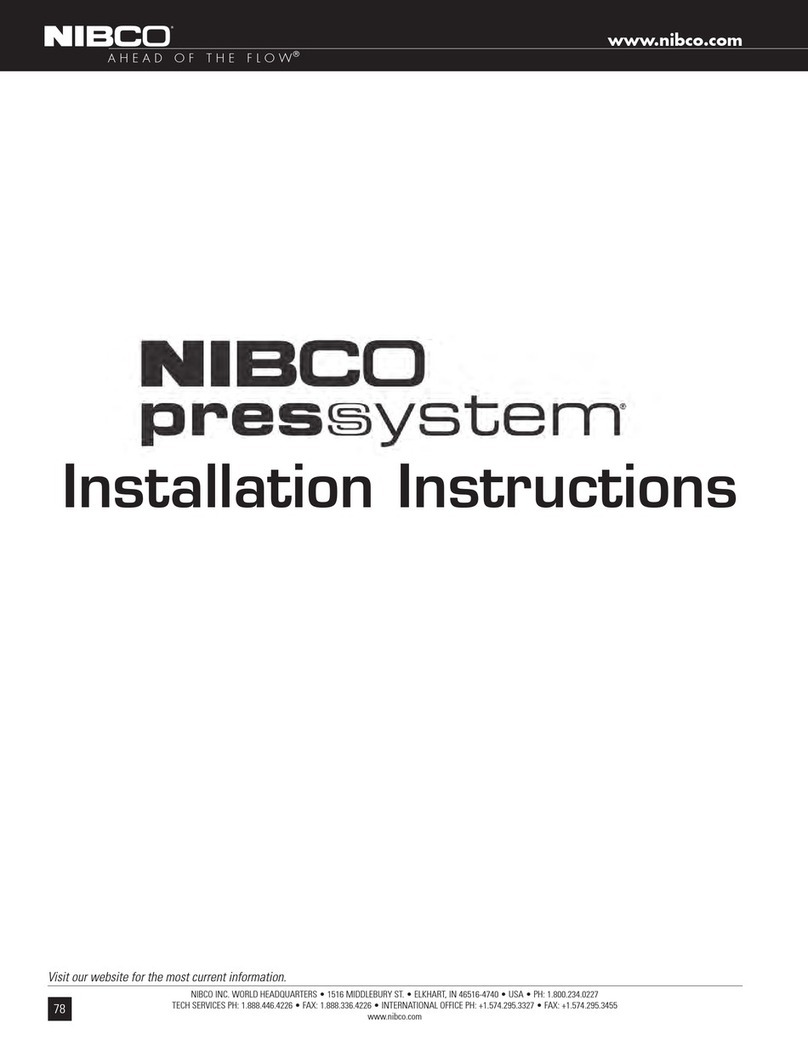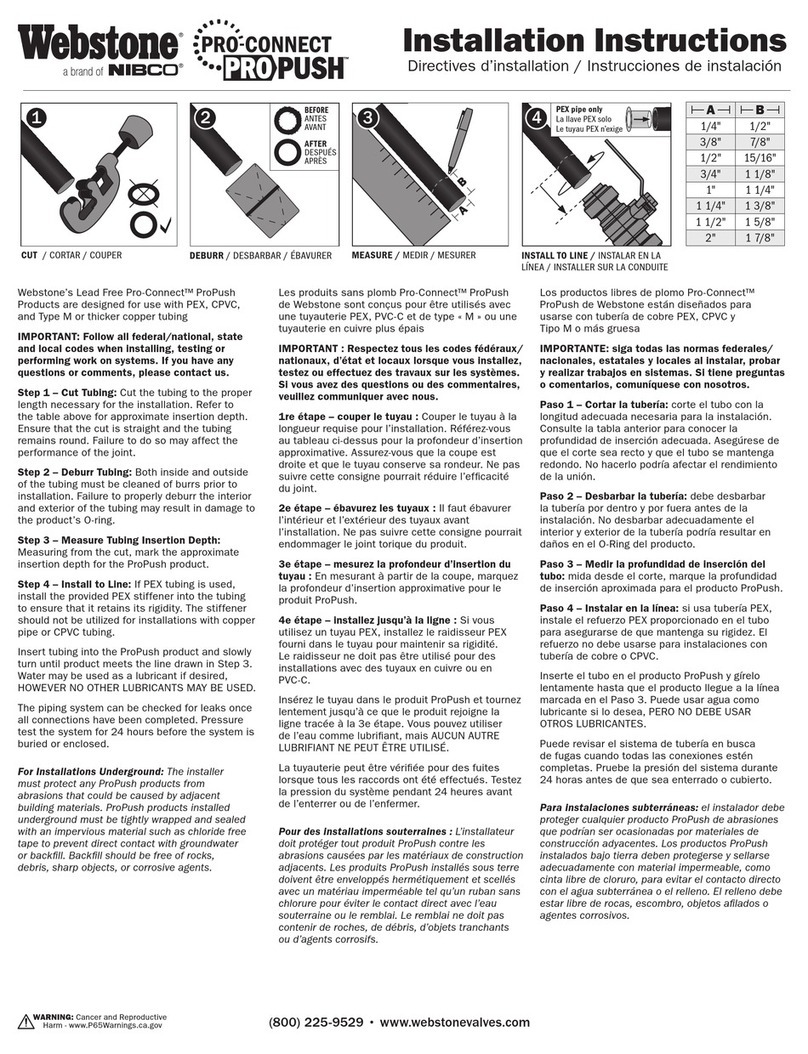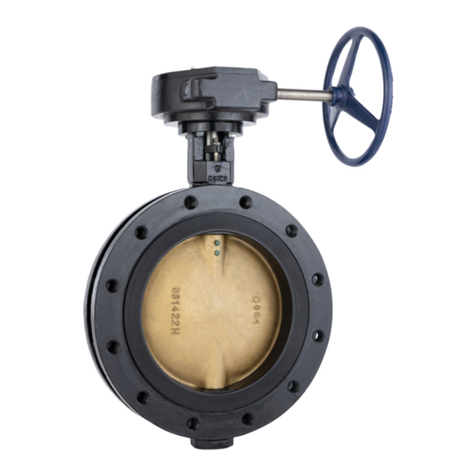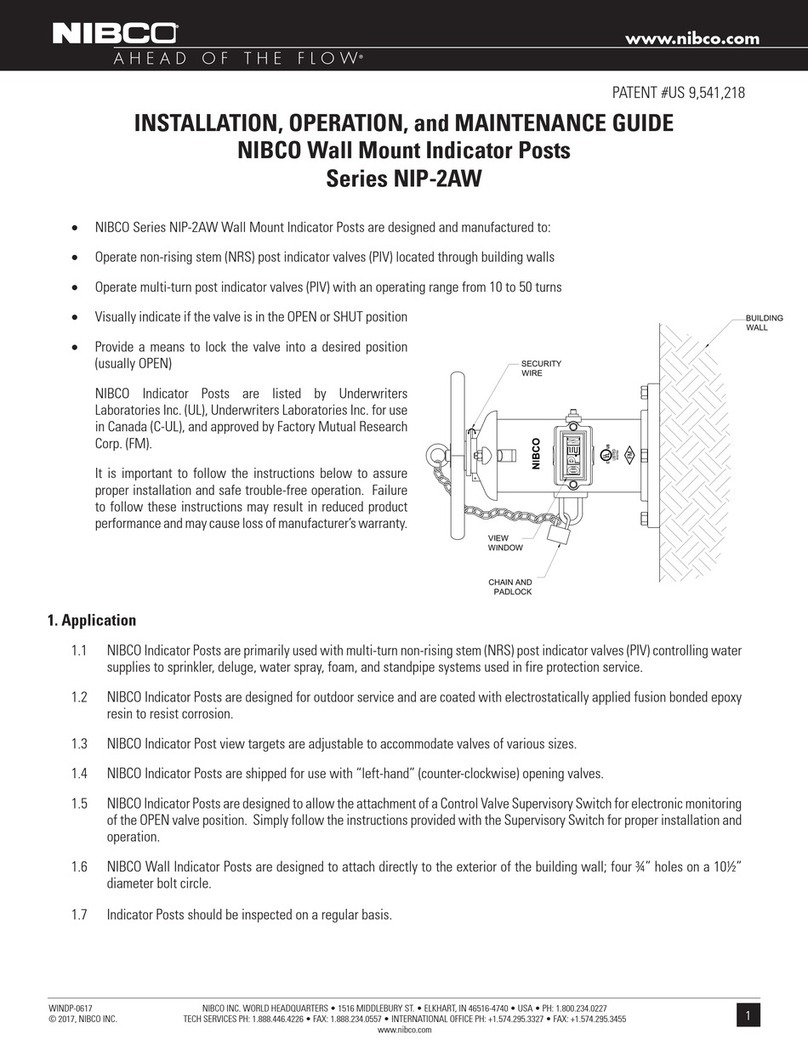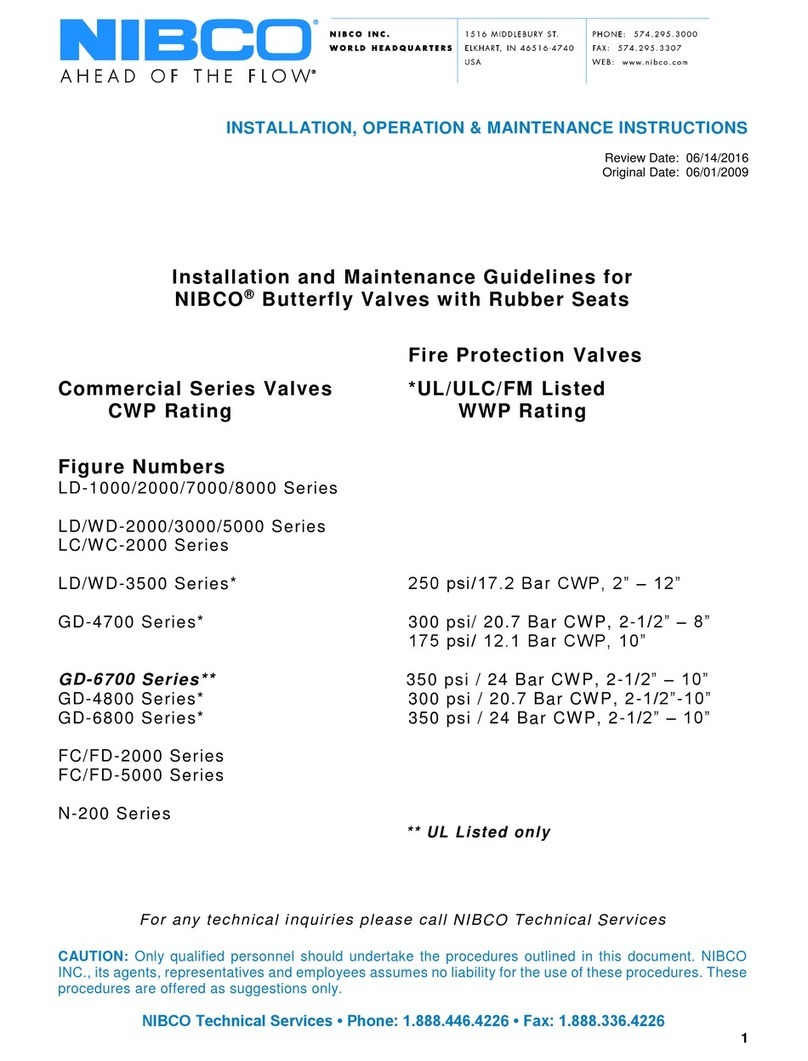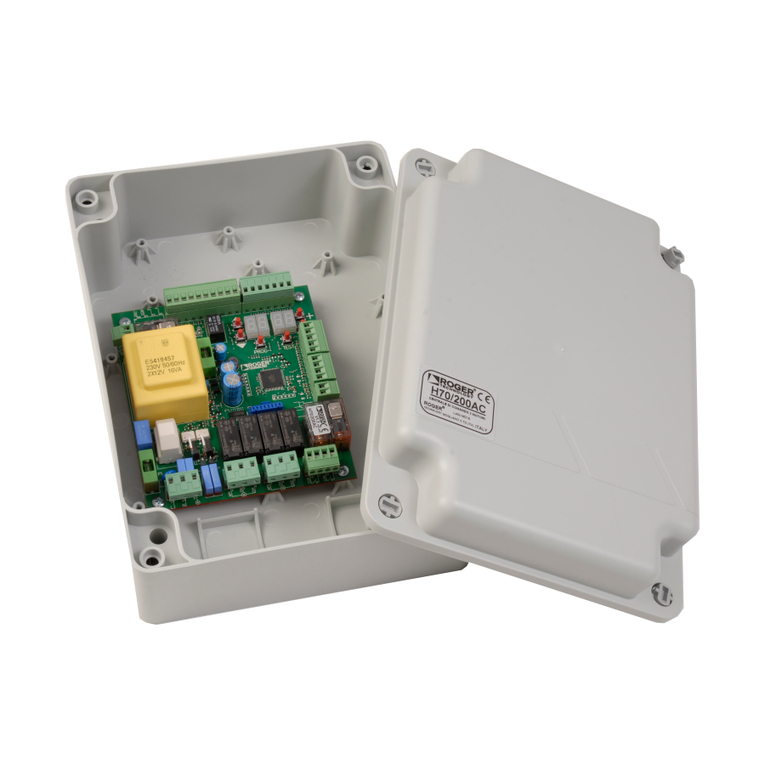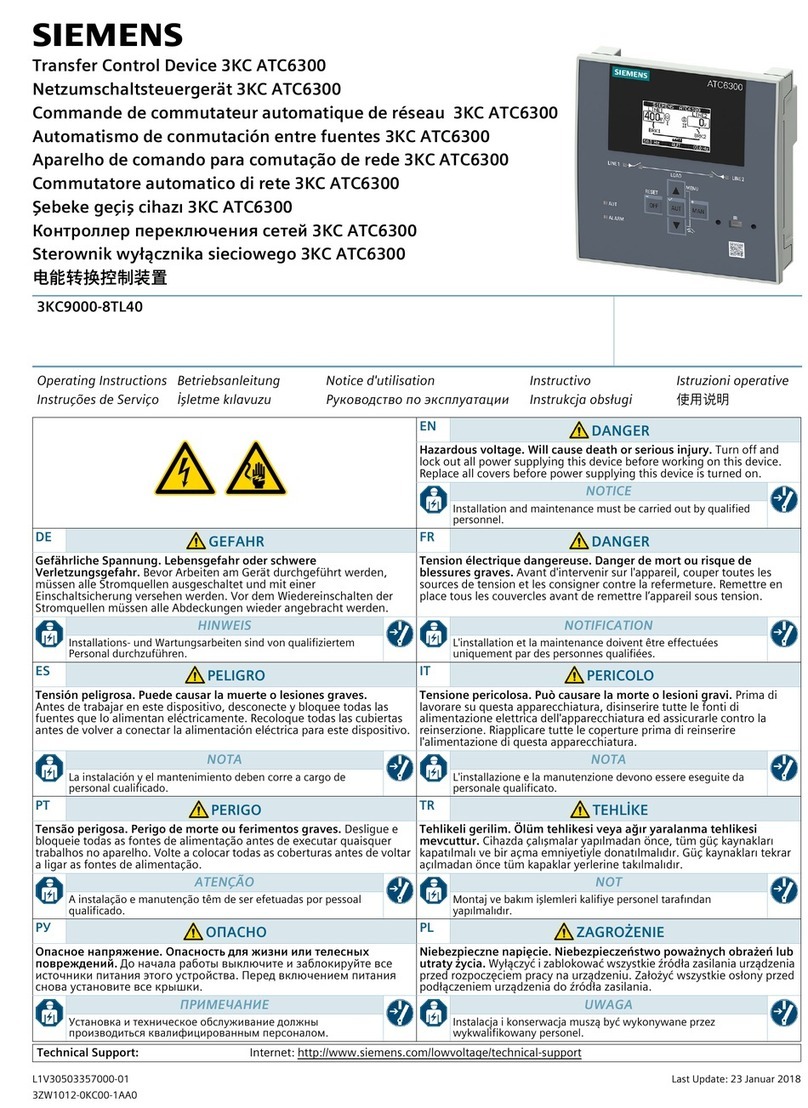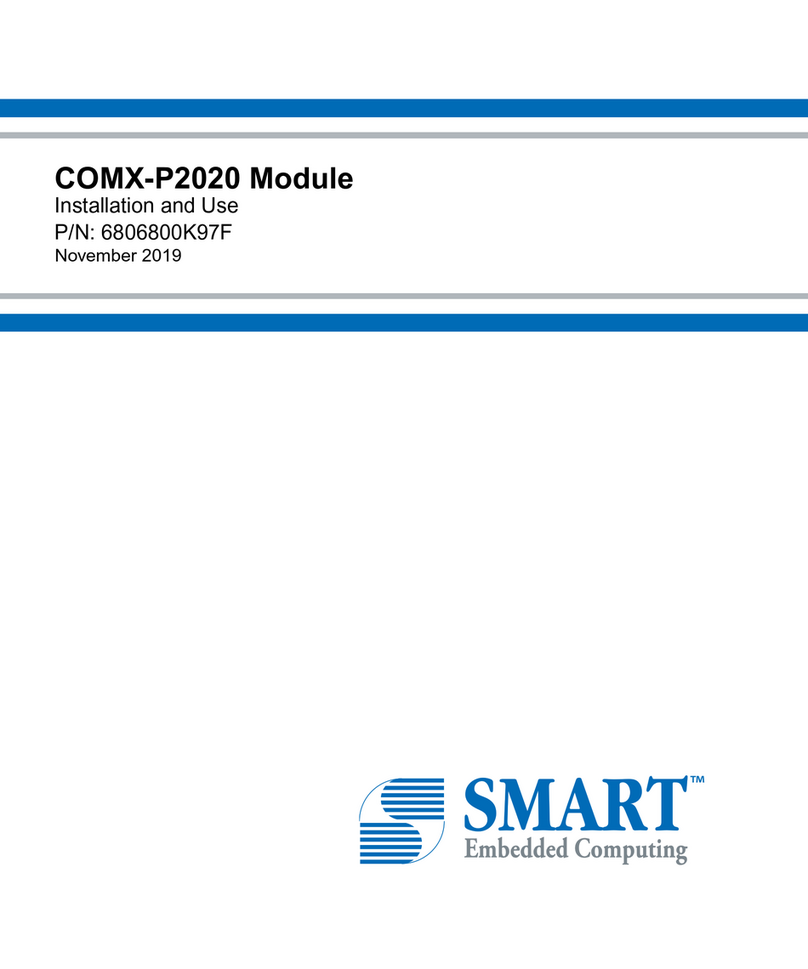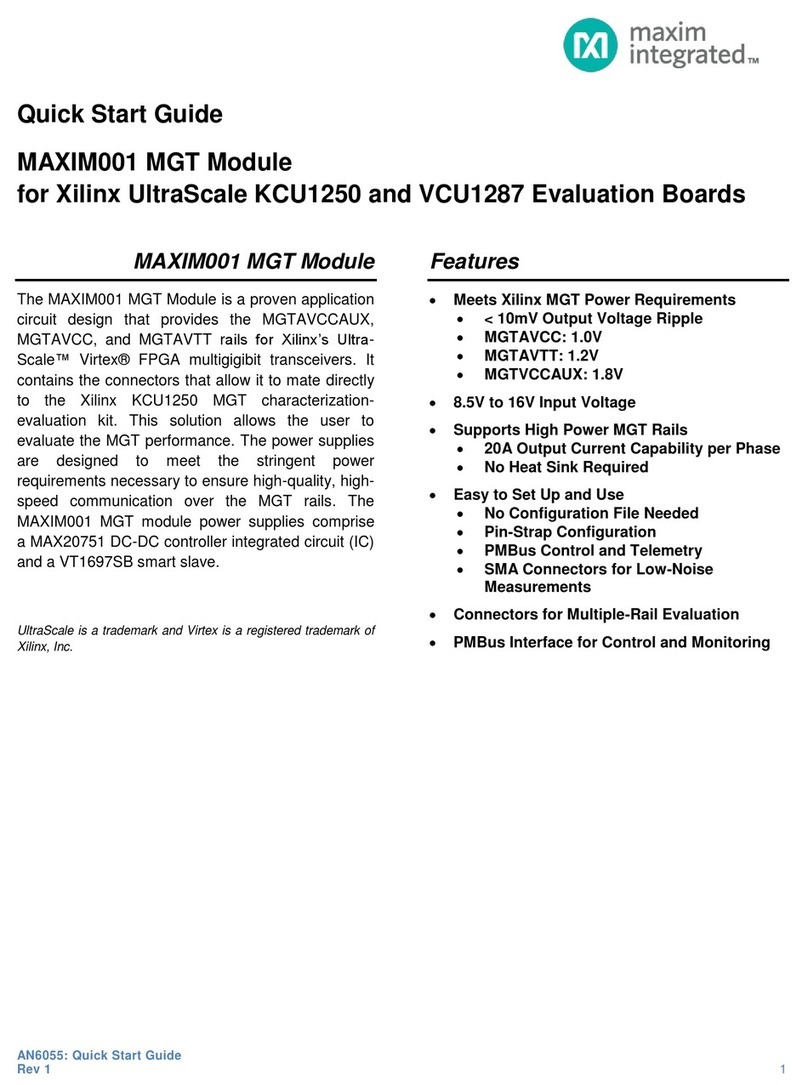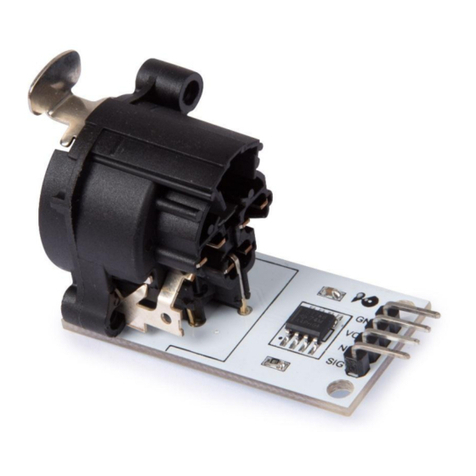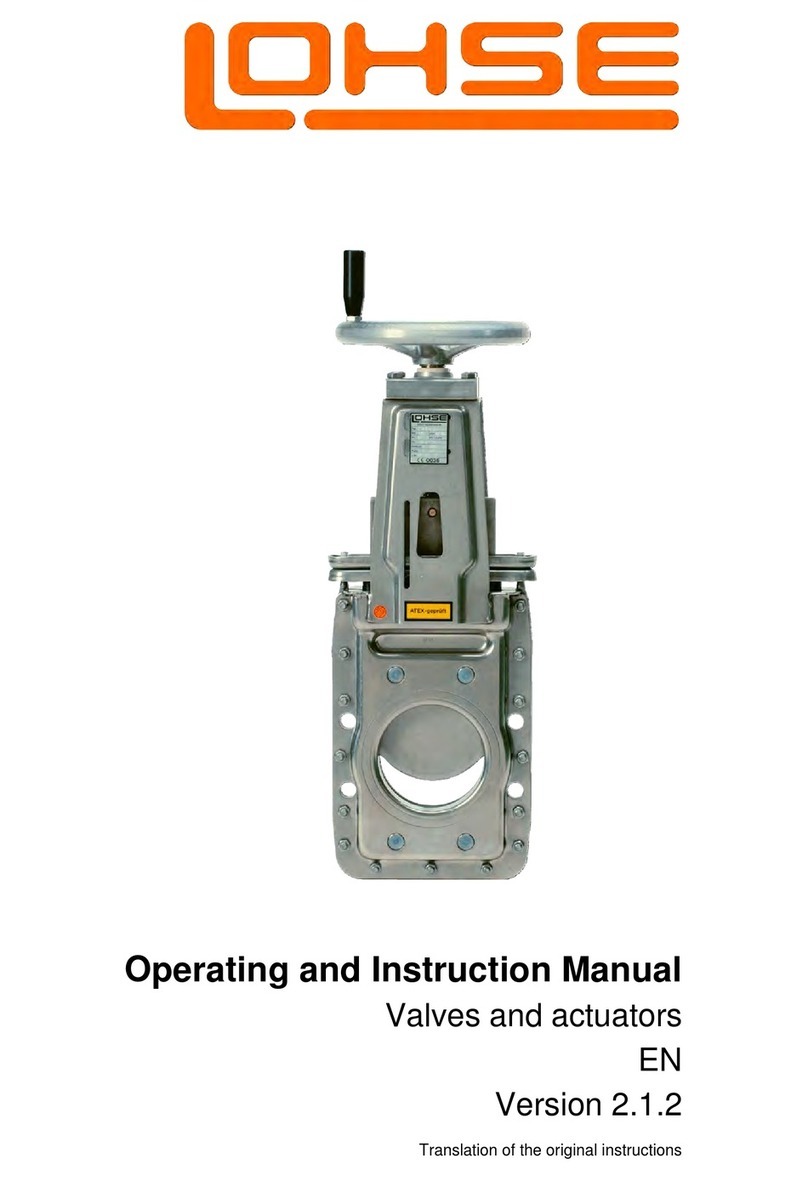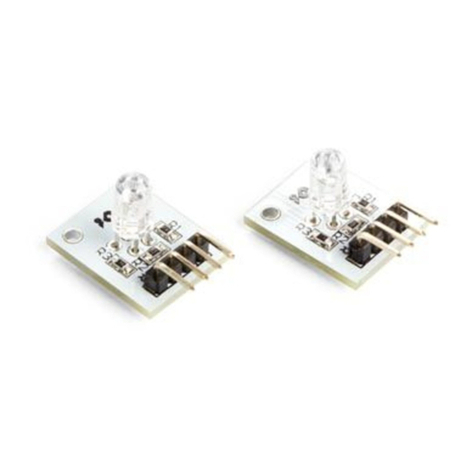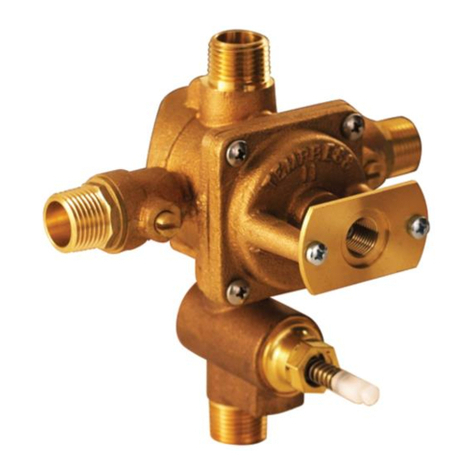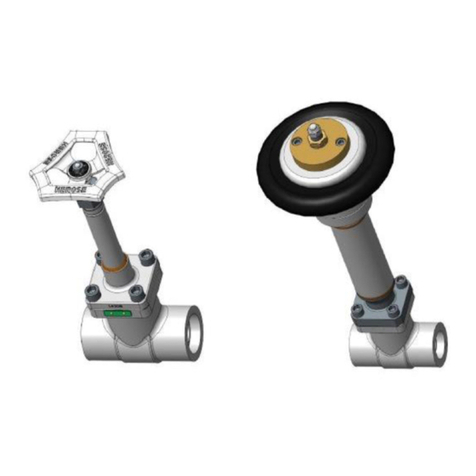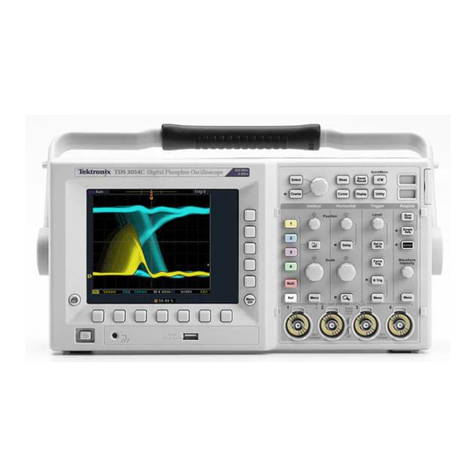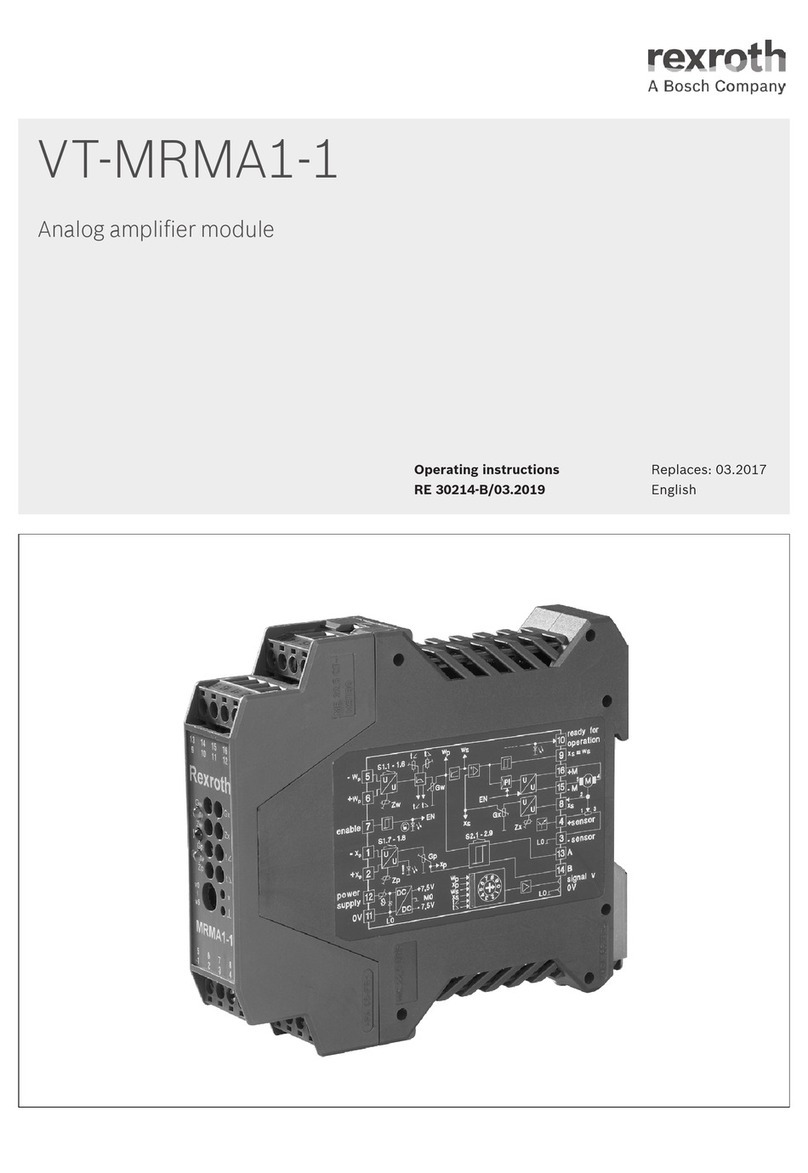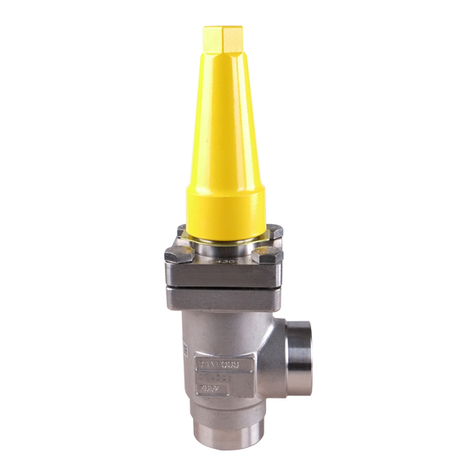
NIBCO Technical Services • Phone: 1.888.446.4226 • Fax: 1.888.336.4226 5
on the delicate seating surfaces. The boxes are not waterproof and, therefore, require
that they be protected from the weather.
2.2 HANDLING AND INSTALLATION
Each valve should be handled very carefully and not dropped or thrown into a dirty
environment before it is assembled into the system. Under no circumstances should the
valve be installed into the line by wrenching through the valve body, this means that
when a valve is being threaded onto a pipe, the wrench should be on the end where the
joint is being made.
It is very important to make certain that the threads of the pipe are clean at all times and
machined properly. When improperly tapered pipe is screwed into the female valve
threads the pipe can be screwed so deep that it can ruin the seats of the valve. Care
should also be used to assure that the valve is not over tightened because the steel pipe
is much stronger than the bronze material, therefore, the bronze will distort and cause
valve malfunction or leakage at the joint. When screwing the valve onto the pipe, the
wedge should remain in the closed position.
On solder end type valves it is necessary to make sure that the valve wedge is in the
open position while it is being heated for soldering into the line. The major caution here
is that the valve not be overheated and. that the proper amount of solder is used so that
it does not flow into the valve rendering it inoperable.
Attached to this report in the Appendix are proper instructions for soldering, brazing, and
threading type installation of valves.
In the event that it is necessary to remove the bonnet before the valve is put into a line
either for brazing, soldering or threading in, it is always essential that the bonnet be
removed with great care. It is necessary that a chain wrench rather than a pipe wrench
be used to loosen the bonnet union nut. If at all possible, it is more desirable to use a
socket wrench to remove the nut. The union nut, body and bonnet should all be marked
so they can be returned to the same position as originally assembled. After the nut has
been carefully removed or in the case of a screw in bonnet, the bonnet has been broken
loose, (which may require slight impact), it is then necessary to open the wedge
approximately to its halfway position before removing the bonnet assembly from the
valve body. After doing this, it is important that a mark be put on the wedge and the body
so that it is put back in the same position in the valve body, as it was taken out.
It is vital that no nicks or scars be put 'on the body or bonnet sealing areas, as this will
create a leak path. It is extremely important to make sure that the wedge does not fall
and hit any hard surface as it is being removed from the valve. Any mark or dent may
cause leakage on the delicate seating surfaces after the valve is reassembled.
The valve body should then be installed into the pipe system using the appropriate
procedures as outlined in valve installation for soldered, brazed or threaded ends. When
reassembling the valve the wedge should be again positioned at the approximate
halfway open position. Care should also be exercised so the wedge guides are properly
engaged in the body guides.
A slight amount of lubricant equivalent to about 10 weight oil should be put on the
bonnet joint sealing surface of the body and the bonnet and on the top side of the bonnet







